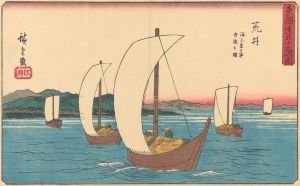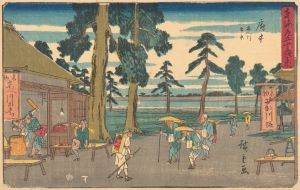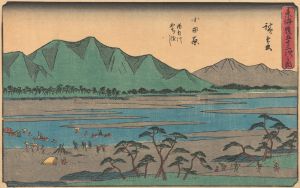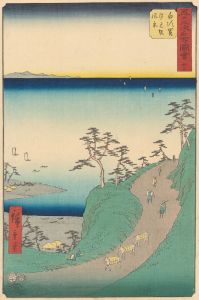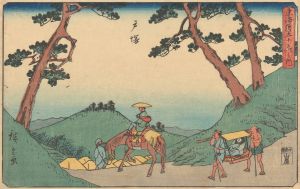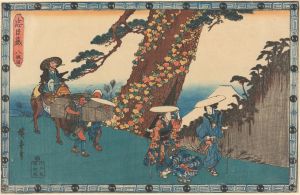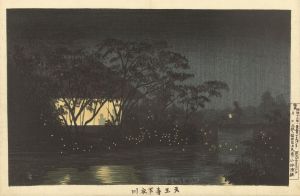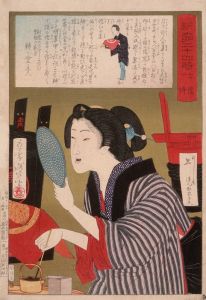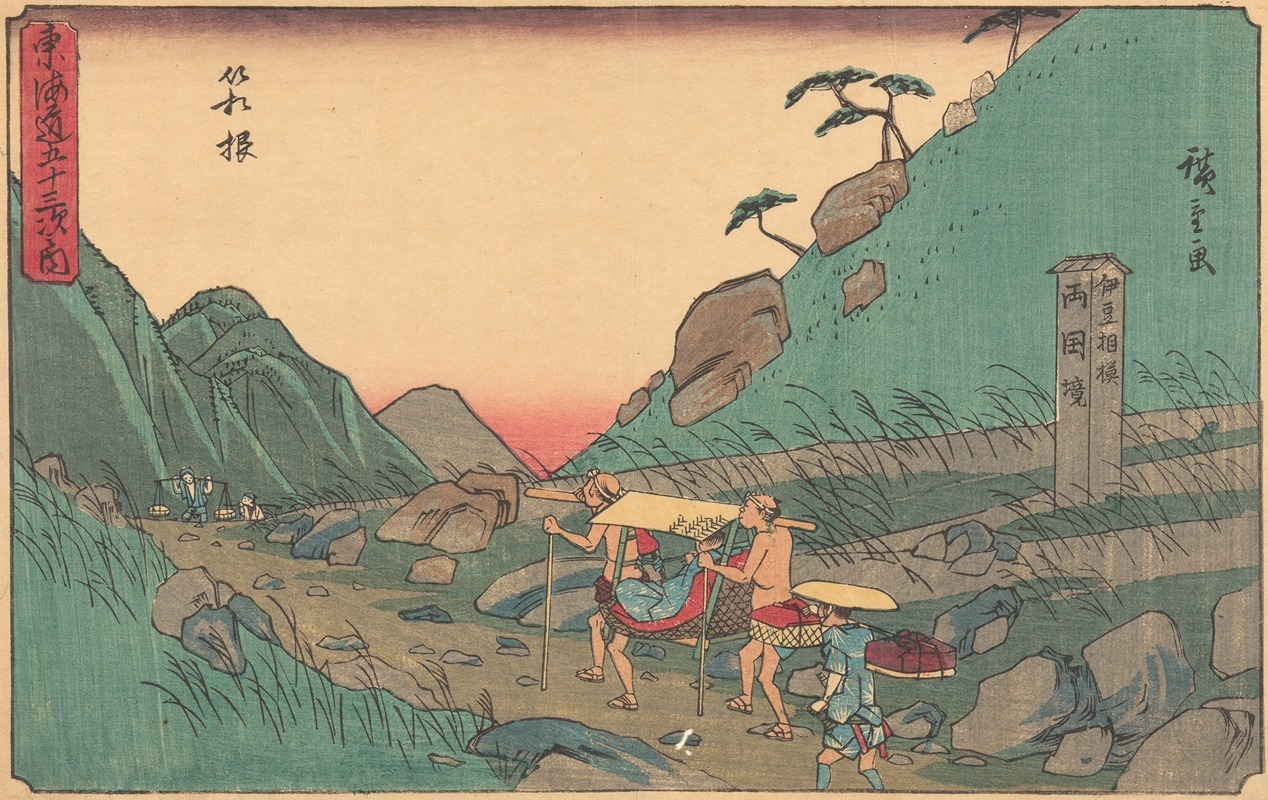
Hakone
A hand-painted replica of Andō Hiroshige’s masterpiece Hakone, meticulously crafted by professional artists to capture the true essence of the original. Each piece is created with museum-quality canvas and rare mineral pigments, carefully painted by experienced artists with delicate brushstrokes and rich, layered colors to perfectly recreate the texture of the original artwork. Unlike machine-printed reproductions, this hand-painted version brings the painting to life, infused with the artist’s emotions and skill in every stroke. Whether for personal collection or home decoration, it instantly elevates the artistic atmosphere of any space.
Andō Hiroshige, a renowned Japanese ukiyo-e artist of the Edo period, is celebrated for his landscape prints and depictions of everyday life. One of his notable works is "Hakone," part of the series "The Fifty-three Stations of the Tōkaidō" (Tōkaidō Gojūsan-tsugi), which he created following his travels along the Tōkaidō road. This series, produced between 1833 and 1834, is among Hiroshige's most famous and showcases his skill in capturing the beauty and diversity of Japan's landscapes.
"Hakone" is the eleventh print in the series and depicts the Hakone station, one of the post stations along the Tōkaidō road, which connected Edo (modern-day Tokyo) to Kyoto. The Tōkaidō was the most important of the Five Routes of the Edo period, serving as a vital link for trade, travel, and communication. Hiroshige's journey along this route inspired him to create a series of prints that would capture the essence of each station and the surrounding scenery.
In the "Hakone" print, Hiroshige illustrates the rugged and mountainous terrain characteristic of the Hakone area. The composition typically features travelers navigating the steep paths, with the majestic Mount Fuji often visible in the background, symbolizing the natural beauty and cultural significance of the region. Hiroshige's use of perspective and color in this print exemplifies his ability to convey depth and atmosphere, drawing viewers into the scene.
Hiroshige's work is distinguished by its attention to detail and the ability to evoke a sense of place and time. His prints often include elements such as weather conditions, seasonal changes, and the daily activities of people, providing a glimpse into the life and environment of Edo-period Japan. In "Hakone," the depiction of travelers and the challenging landscape reflects the experience of journeying through this part of the Tōkaidō, known for its difficult passes and scenic views.
The "Fifty-three Stations of the Tōkaidō" series was highly popular in Hiroshige's time and remains influential in the art world today. It not only showcases Hiroshige's artistic talent but also serves as a historical document, offering insights into the geography, culture, and society of 19th-century Japan. Hiroshige's innovative compositions and use of color have inspired countless artists and continue to be studied and admired for their aesthetic and historical value.
Hiroshige's "Hakone" and the entire Tōkaidō series are considered masterpieces of ukiyo-e, a genre that flourished during the Edo period and played a significant role in shaping Western perceptions of Japanese art. The series exemplifies the ukiyo-e tradition of woodblock printing, which involved multiple artisans working together to produce each print, from the initial design to the carving of woodblocks and the final printing process.
Overall, Andō Hiroshige's "Hakone" is a testament to his skill as an artist and his ability to capture the spirit of a place. Through his work, Hiroshige has left a lasting legacy that continues to influence and inspire the appreciation of Japanese art and culture worldwide.





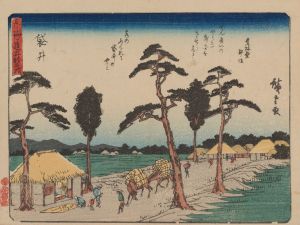
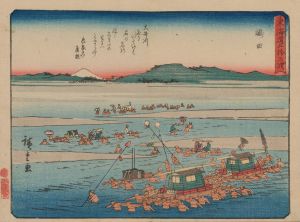
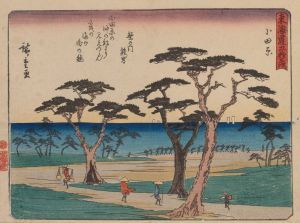
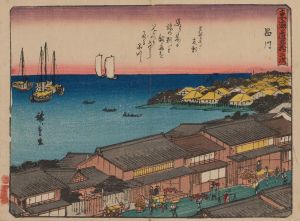
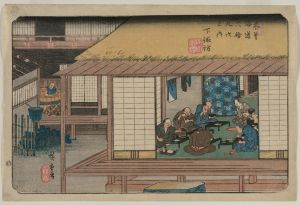
![Fujisawa; Yugyôji [temple name]](/imgs/213015/s/ando-hiroshige-fujisawa-yugyoji-temple-name-73299045.jpg)
